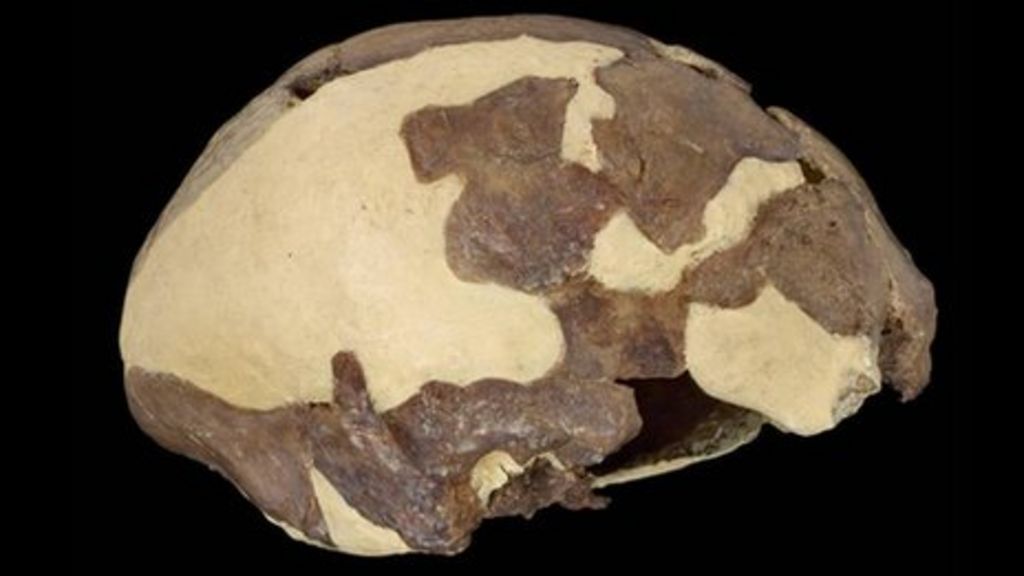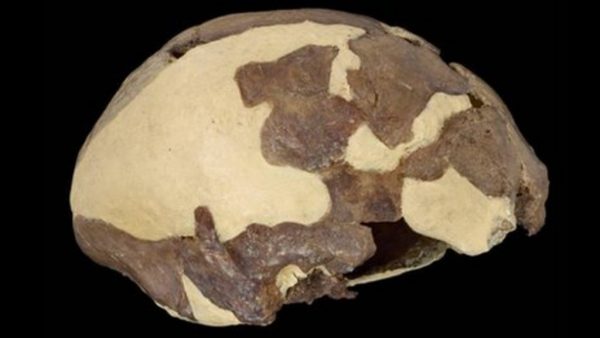In 1965, Thurstan Shaw, a British archaeologist, discovered the partial remains of a skull. They had been excavating and studying material at Iho Eleru (‘cave of ashes’, also called Iwo Eleru) in what is now Ondo State.
Read more about Did you know?
Thurstan and his team knew that this was no ordinary find. The incomplete skull did not resemble that of an anatomically modern human. But it also didn’t look enough like the prehistoric hominids known to archaeologists at the time.
Based on the charcoal remains in the area, the skull was dated to about 9,250 BC. It was eleven thousand years old. Or so it seemed.
In 2011, researchers reexamined the partial skull using a more reliable technique. They concluded that it was at least 13,000 years old—two thousand years older than previously thought.
That made it the oldest known human fossil in Nigeria and West Africa.
Why This Find Is Important
The further back one goes, the more scarce evidence of the human presence in Nigeria.
The Nok culture, Nigeria’s oldest civilization, began flourishing three thousand years ago and faded into oblivion a thousand years later. Iron smelters may have lived in what is now Enugu State almost four thousand years Before Present (BP). And the builders of the Dufuna boat, Africa’s oldest known waterborne vessel, traversed the rivers of North-Eastern Nigeria about 6,000 BC.
Sign up to the Connect Nigeria daily newsletter
But none of these rival the Iwo Eleru skull, both in terms of antiquity and implications for the human race.
Some archaeologists say that the Iwo Eleru fossil may represent the product of fraternization between modern and archaic humans. Others believe that it was a remnant of a dying breed of prehistoric people.
Regardless of which one of these views is right, it appears that primitive sub-species of humans were living in what is now South Western Nigeria ‘just’ 13,000 years ago. There were at least two (maybe even more) types of humans inhabiting ‘Nigeria’ at that time. Today, there’s only one left: Homo sapiens.
There’s More Yet To Be Discovered
But this exciting find poses more questions than it answers.
Can we know for certain what it represents—a transitory stage of humans or the result of interbreeding between human sub-species?
Early in 2020, scientists reported that they had found evidence of a ‘ghost ancestor’ of modern West Africans in the DNA of people living in this region. In other words, a sub-species previously unknown to researchers may have been involved in the emergence of modern West Africans.
All of this points to a complex, yet fascinating past. For prehistory enthusiasts and professionals alike, the future holds a lot of discoveries that could make the field even livelier than it currently is.
However, locals haven’t been involved nearly enough. The state of archaeology in most Nigerian universities leaves much to be desired. And unless there’s support for the profession from private and public sector concerns, discoveries like Iwo Eleru will remain largely a subject for Western researchers.
There’s hope that this will change and that more Nigerians will have a good reason to be awed by the wonders that lay underneath their feet.
Featured Image Source: BBC
Got a suggestion? Contact us: [email protected]


